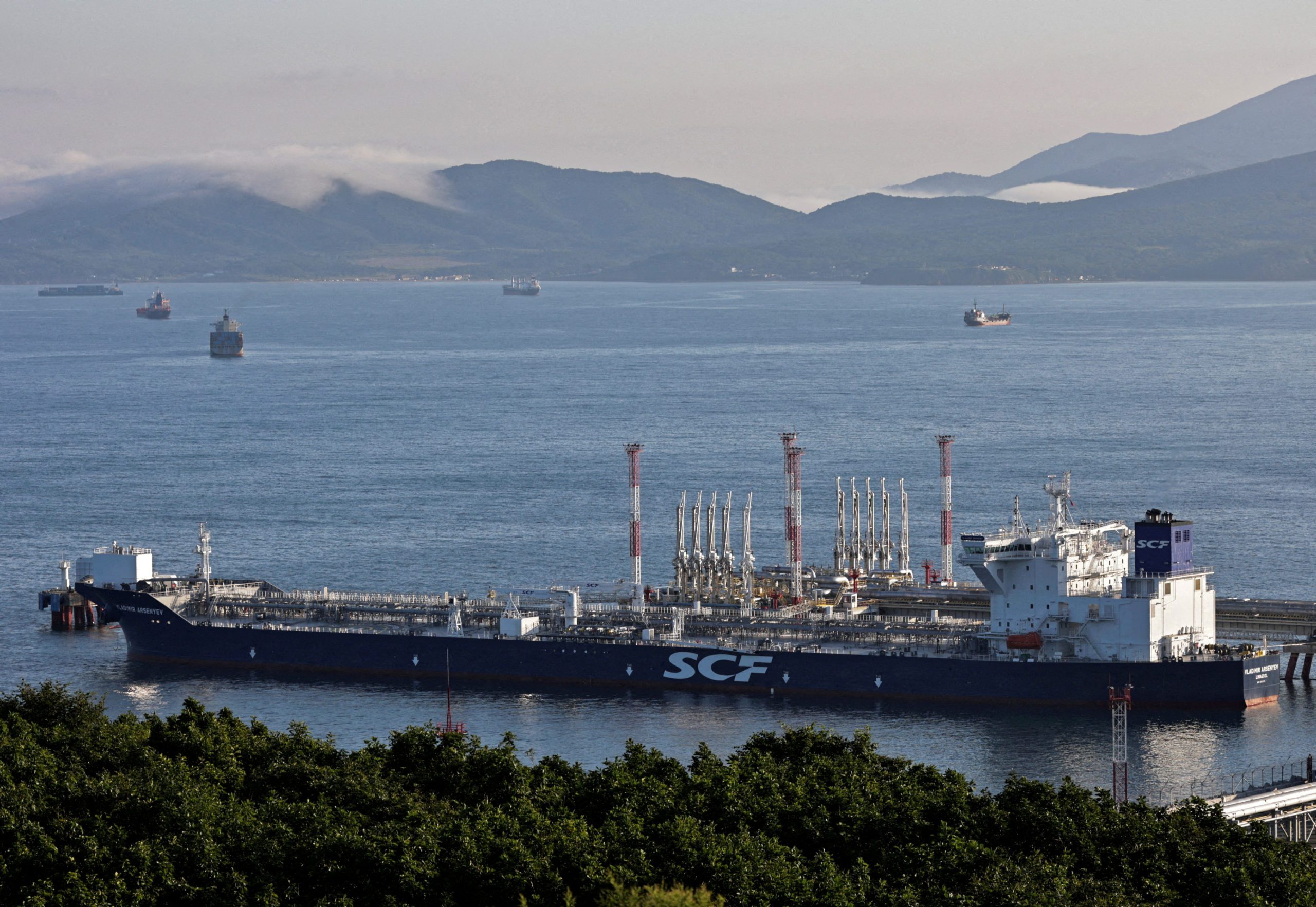By Julian Lee (Bloomberg) — A surge in Ukrainian drone attacks on Russia’s oil refineries has cut processing crude at home and led to a surge in Moscow’s crude exports.
Ukraine has launched at least 28 attacks on Russian oil refineries since the start of August. That compares with a total of 21 strikes in the first seven months of the year. During the recent period, domestic fuel making has slumped — and seaborne crude sales surged — by a similar amount.
In that time, concern about fuel supply within Russia has grown. Yet while crude exports have surged as the nation diverts unprocessed barrels to global market, key ports now look close to their upper shipping limit.
Ukraine has managed to strike at more than one-third of Russia’s main oil refineries this year, although the impact on its foe’s overall oil processing is a tiny fraction of that. That’s because not all the drones get through, those that do won’t necessarily damage significant processing units, and Russia is constantly working to repair affected facilities.
The ports that are most likely to handle diverted barrels — Primorsk and Ust-Luga in the Baltic, and Novorossiysk in the Black Sea — are shipping either close to their historic peaks, or they’ve struggled all year to boost flows amid Ukrainian attacks on pumping stations.
Russia’s refineries are set to process 4.86 million barrels a day of crude in October, a slide of 484,000 barrels a day from July, according to data from analytics firm OilX. While there’s often a decrease in that period, this year’s slump has been bigger than normal.
Tanker tracking data show that export flows rose by 435,000 barrels a day in a comparable period. A bigger increase than normal for the time of year.
© 2025 Bloomberg L.P.

 Join The Club
Join The Club











